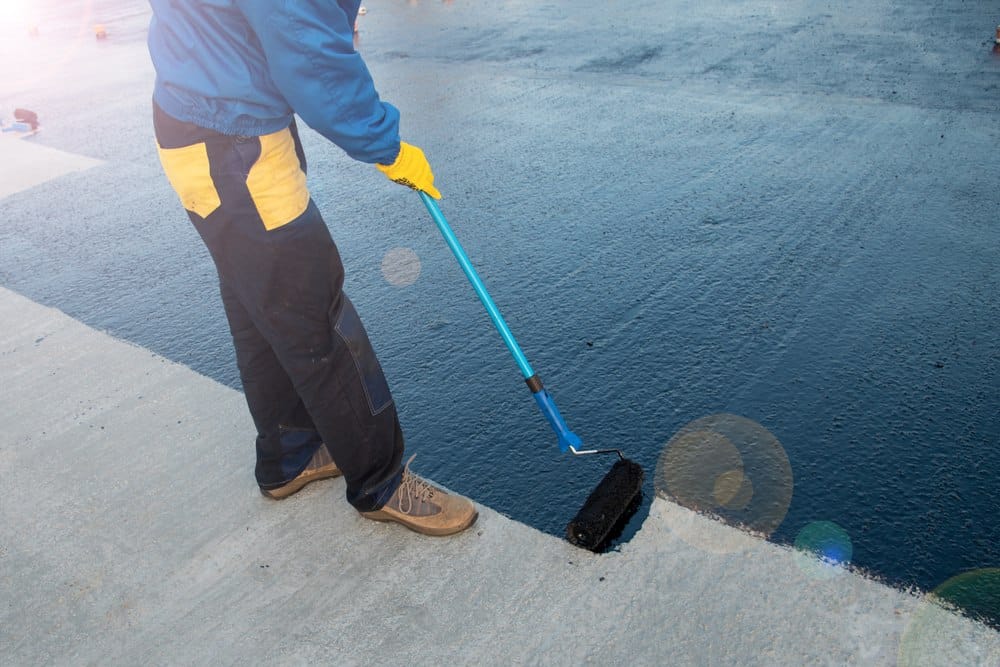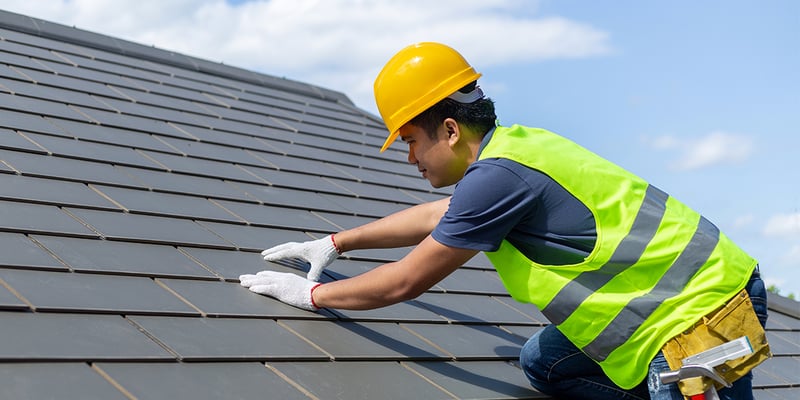
A complete flat roof replacement can cost up to five times more than recoating, making roof maintenance one of the most crucial decisions for property owners. Recoating a flat roof not only saves money but also adds years to your roof’s lifespan when done correctly.
Professional roof coating services in Tucson and other regions have revolutionized how building owners maintain their properties. With proper application and maintenance, a quality coating system can extend your roof’s life by 10-15 years while improving energy efficiency and weather resistance.
This comprehensive guide explores everything you need to know about flat roof recoating, from selecting the right materials to ensuring proper application and maintenance for lasting protection.
Understanding Flat Roof Coating Systems
Modern roof coating technology offers building owners a range of sophisticated solutions for protecting and extending their flat roof’s life. Understanding these systems is crucial for making informed decisions about your roof’s maintenance and longevity.
Different types of coating materials

Today’s market offers several high-performance coating options, each with distinct advantages:
- Acrylic Coatings: Water-based and environmentally friendly, offering excellent UV protection and reflectivity
- Silicone Coatings: Superior water resistance and exceptional performance in ponding conditions
- Polyurethane Coatings: Best impact resistance and foot traffic durability
- Asphaltic Rubber Systems: Combines elastic properties with superior weatherproofing
How coating systems protect your roof
Roof coating systems create a powerful defensive barrier against multiple environmental threats. These systems excel at UV protection, significantly reducing the sun’s damaging effects on your roofing material. The coatings create a seamless, waterproof membrane that prevents water infiltration while allowing the roof to expand and contract with temperature changes.
Modern coating systems deliver impressive energy efficiency benefits through their reflective properties. Some coatings can reduce surface temperatures by up to 20 degrees Fahrenheit when exposed to direct sunlight, leading to substantial cooling cost savings.
Expected lifespan of various coatings
The durability of your roof coating system depends largely on the material choice and maintenance routine. Here’s what you can expect from different systems:
EPDM Coatings: 25-30 years with proper maintenance Modified Bitumen: 12-20 years of reliable service PVC Systems: Up to 30 years with regular upkeep Elastomeric Bitumen: 20-25 years when professionally installed
The actual longevity of your coating system depends on several factors, including installation quality, local climate conditions, and maintenance frequency. Regular inspections and proper maintenance can help your coating reach or even exceed its expected lifespan.
Most modern coating systems are engineered to be flexible and durable, capable of expanding and contracting with temperature fluctuations while maintaining their protective properties. This adaptability, combined with their waterproofing capabilities, makes them an excellent investment for long-term roof protection.
Preparing Your Roof for Recoating
Proper preparation is the cornerstone of a successful flat roof recoating project. Even the highest quality coating materials can fail if applied to an improperly prepared surface. Let’s explore the essential steps to ensure your roof is ready for its new protective layer.
Professional roof inspection requirements

A thorough professional inspection serves as the foundation of any recoating project. Professional roofers conduct comprehensive evaluations that include:
- Structural integrity assessment
- Moisture detection in roofing materials
- Flashing and penetration examination
- Drainage system evaluation
- Previous coating condition assessment
Surface preparation and cleaning steps
The success of your roof coating largely depends on the cleanliness and condition of the surface. Professional cleaning involves a systematic approach to ensure maximum coating adhesion.
First, remove all loose debris using professional sweepers and power blowers. For stubborn dirt and contaminants, use a non-filming detergent with a pressure washer, being careful not to inject water into the roof substrate. Areas with algae or moss require special treatment with a 50/50 mixture of chlorine bleach and water, followed by thorough rinsing.
Important: Allow the roof to dry completely before proceeding with any repairs or coating application. Trapped moisture can compromise the entire coating system.
Addressing existing damage and repairs
Before recoating a flat roof, addressing existing damage is crucial for long-term success. Professional contractors will identify and repair:
- Splits and cracks in the roofing membrane
- Deteriorated flashing around roof penetrations
- Damaged metal edging and terminations
- Areas of ponding water
- Blisters or separation in existing materials
For optimal results, seal all roof penetrations, curbs, and transition areas using appropriate sealants compatible with your chosen coating system. Remember: Even minor repairs must be completed and fully cured before coating application begins.
It’s essential to document all repairs and maintain detailed records of the preparation process. This documentation not only helps track the roof’s maintenance history but also supports warranty requirements and future maintenance planning.
